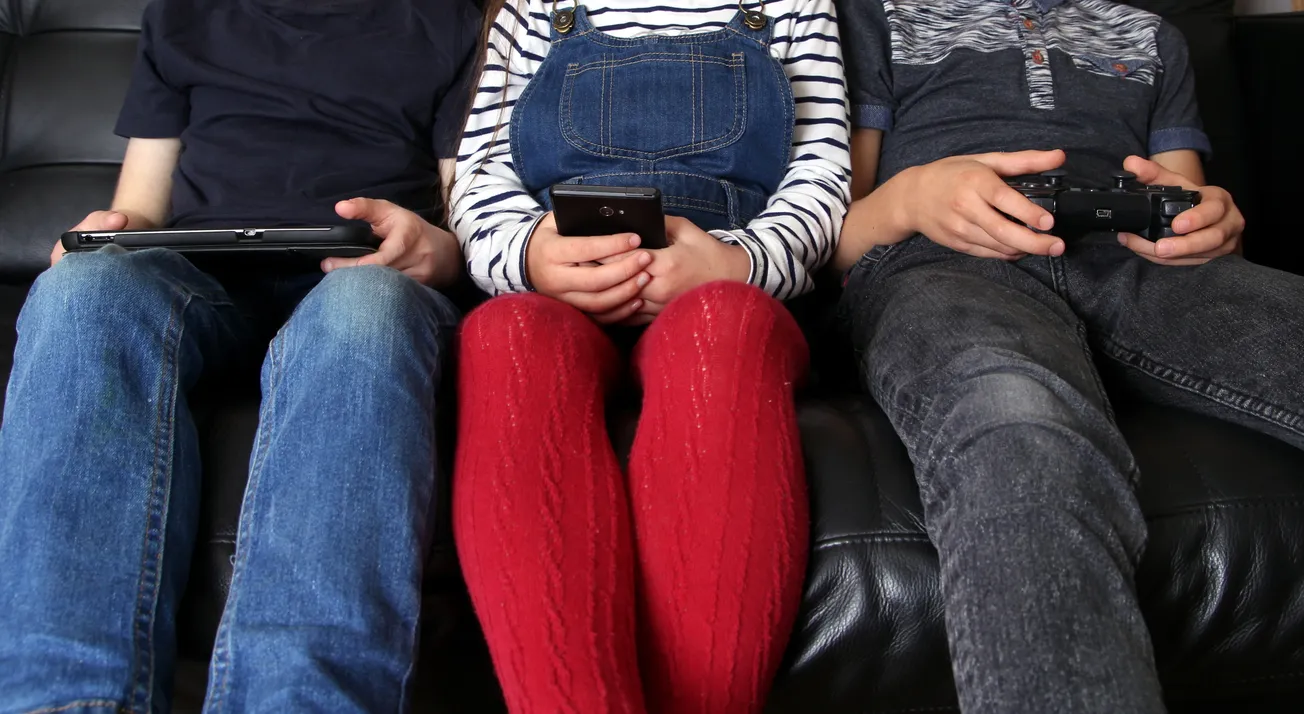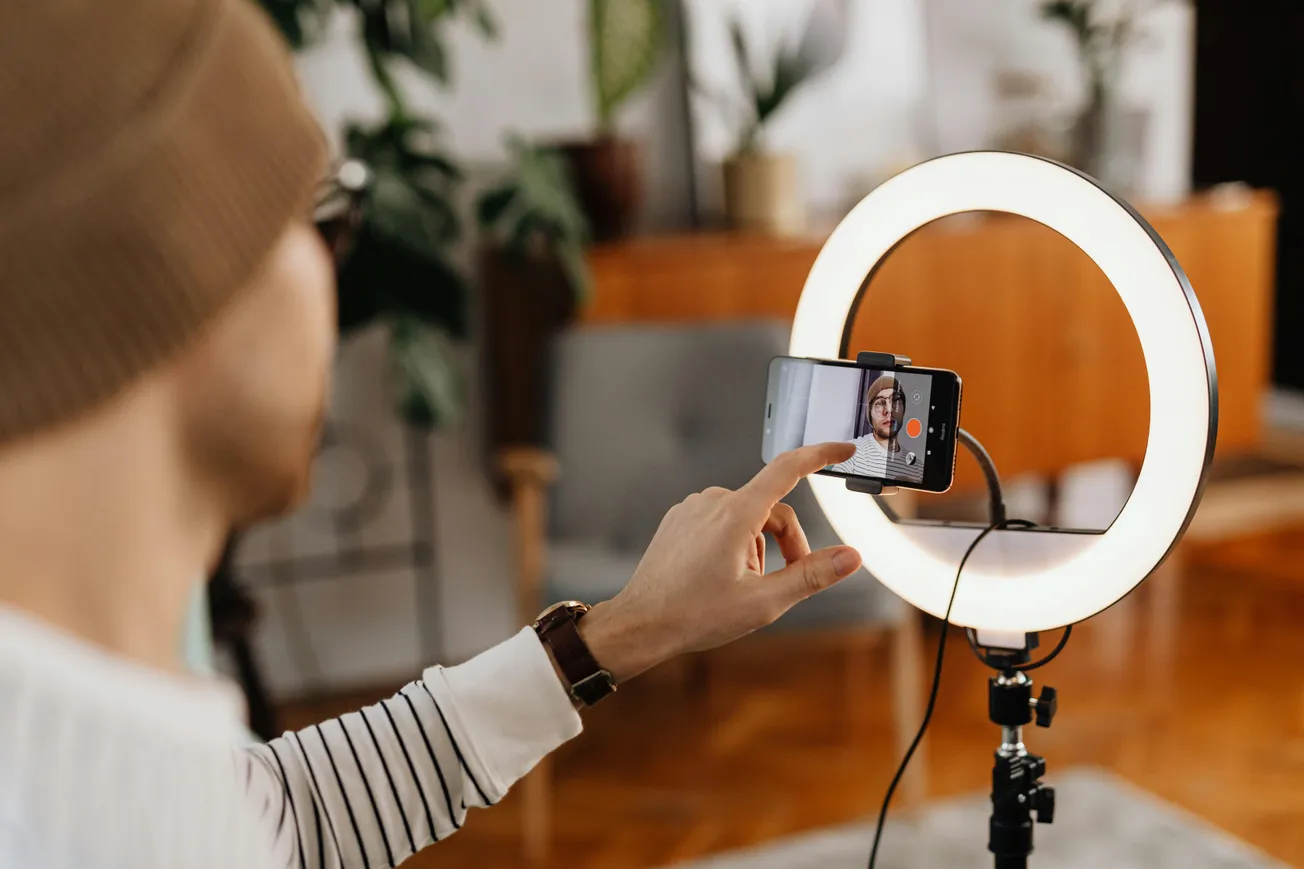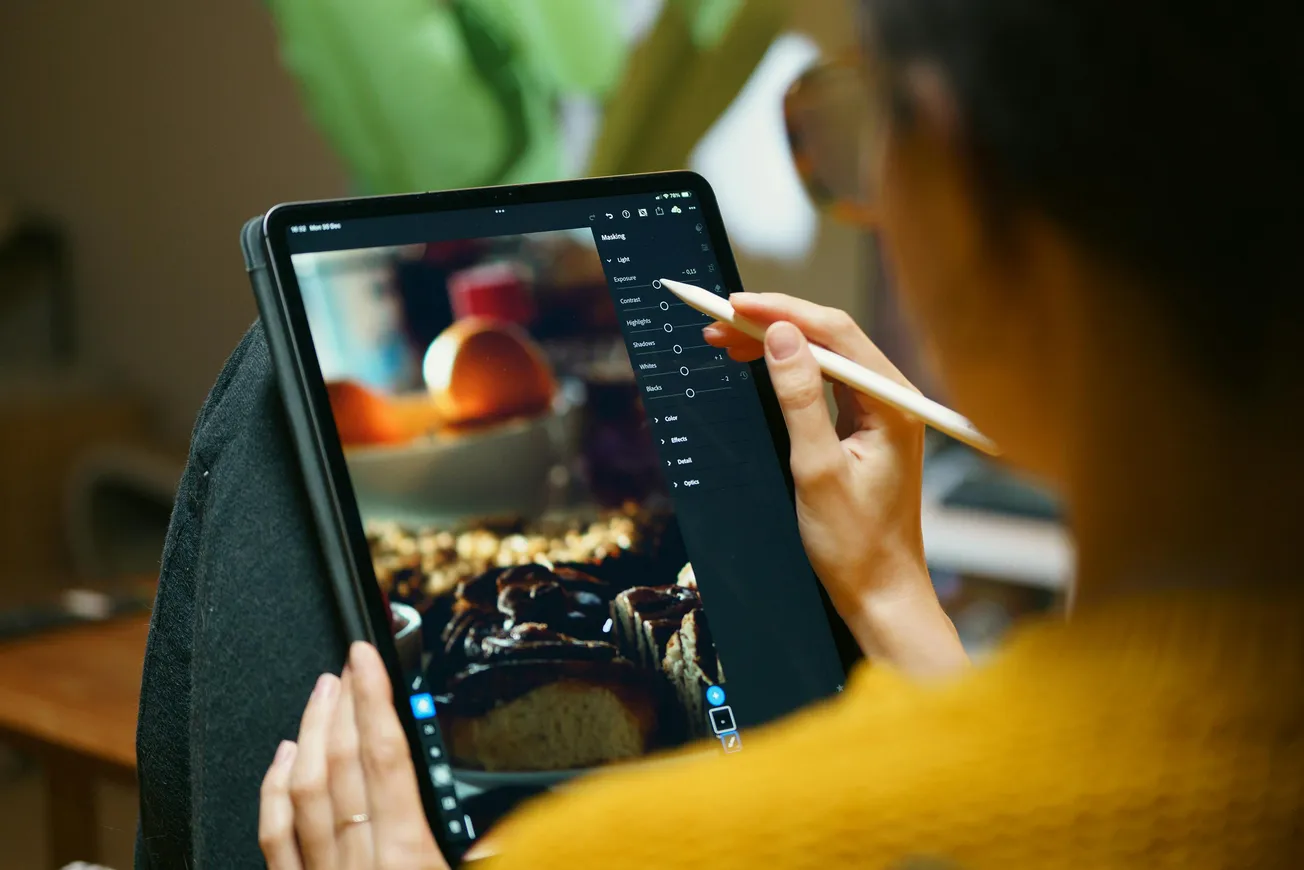A Global Digital Detox Movement Is Gaining Steam
As the holidays gradually approach, a growing number of people around the world are choosing to disconnect from their screens to reconnect with each other. While a recent UK survey found that nearly 50% of Brits plan to cut screen time over Christmas, similar trends are emerging globally.
From the U.S. to Brazil, people are becoming more mindful of how much time they spend on phones, tablets and TVs, especially during moments that are meant for rest, reflection and relationships.
How Much Screen Time Are We Actually Using?
Recent statistics from TechJury and Comparitech highlight the widespread nature of digital overload:
- Global average screen time: About 6 hours and 40 minutes per day
- Highest screen time countries: Philippines, Brazil and South Africa – each with over 9 hours daily
- United States: Averages around 7 hours of screen time per adult per day
These numbers show a clear opportunity for individuals to intentionally unplug, especially during holidays when connections matter most.
Why People Are Taking a Break from Screens
1. Mental Clarity and Emotional Health
Excessive screen time has been linked to anxiety, low self-esteem and sleep issues in both kids and adults. A meta-analysis by the American Psychological Association even found that high usage can cause problems with emotional regulation.
2. Physical Wellness
Eye strain, posture problems and disrupted sleep cycles are just a few of the health effects tied to digital overuse. The American Heart Association warns that screen-induced sedentary behavior increases risk for cardiovascular issues and obesity.
3. Reclaiming Human Connection
People often report feeling more distant from loved ones when digital devices dominate shared time. Reducing screen use, even temporarily, allows for deeper personal interactions and a stronger sense of presence – something many seek during holiday gatherings.
From Screen Fatigue to Seasonal Mindfulness
The digital detox trend is not just about cutting out tech; it is about using it more intentionally. Here is what people around the world are doing:
- In the U.S., “tech-free dinners” and app timers are gaining popularity.
- In Brazil and South Africa, anecdotal reports suggest many families now schedule daily “no-screen” hours.
- In Japan and Germany, wellness movements have incorporated digital minimalism into end-of-year rituals.
Even major tech firms are promoting more mindful use, like Apple’s Screen Time and Google’s Digital Wellbeing tools, which help users track and manage daily device interaction. According to Scripps Health, even short digital breaks can improve mood, energy levels and sleep quality.
What This Means for Creators and Businesses
- Content creators: Consider producing material around mindfulness, presence and screen breaks. These themes are resonating more than ever.
- Marketers: Lean into messaging that emphasizes real-world connection, mental wellness and balance.
- Professionals: Use the holidays as a reset point to evaluate digital boundaries and work-life balance.
Across the globe, people are using the holiday season as a time to unplug from screens and reconnect with what really matters: health, relationships and mental clarity. Whether in the UK, U.S. or beyond, this movement toward digital mindfulness reflects a broader cultural shift toward intentional living in a hyperconnected world.






